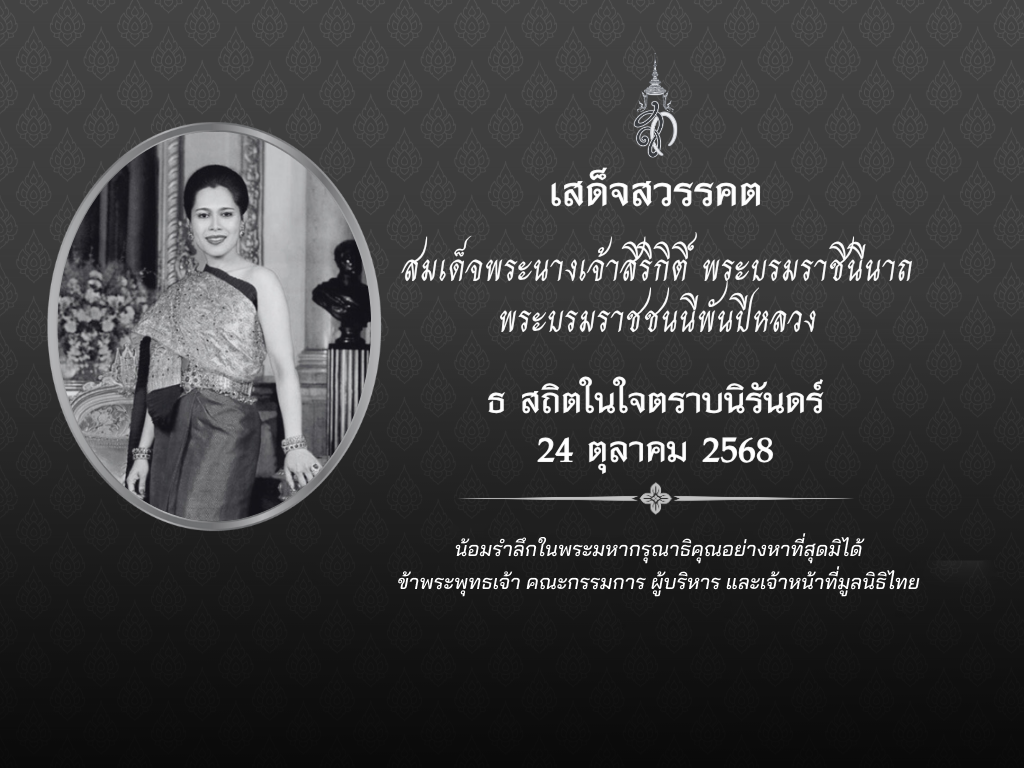
Asalha Puja Day is a Buddhist festival that occurs on the full moon of the eighth lunar month, which this year will fall on July 13. Asalha Puja Day was designated as Dhamma Day for the first time in Thailand in 1958. From then on, it has been celebrated in addition to Vesak Puja Day, Buddha Day, and Magha Puja, Sangha Day.
The celebration commemorates the Buddha’s first sermon, known as the Dhammacakkappavattana Sutta in Pali. This translates to “setting in motion of the wheel of dhamma” (see more here and here). The Buddha said that his teachings are something to be experienced, not unquestioningly believed: “You yourselves must make the effort. The Buddha only points out the Way.”

In the Buddha’s first sermon at Deer Park in Sarnath, he talked to a group of five ascetics who were his former spiritual companions on the path to enlightenment, seeking the cause and end of suffering with him. Together they had been seeking liberation through extreme deprivation and self-mortification — fasting, sleeping on stones, living outdoors with little clothing, for instance — in the belief that making themselves suffer would induce spiritual liberation. However, only the person who would become the Buddha realized during this process that enlightenment would not be found through these physical torments, but instead be found through something entirely different: mental cultivation. Realizing this, he gave up ascetic practices, causing his five companions to abandon him. After separating ways, the Buddha, now enlightened, finally returned. He found the five ascetics at a deer park, in modern-day Sarnath, and taught them what he knew. This was said to be on a full moon day of the eighth lunar month, which this year falls on 13 July.
Addressing the five ascetics, the Buddha said that the two extremes, i.e. the devotion to hedonism and the devotion to self-mortification, were not to be practiced by one who was in search of enlightenment. He told them that meditation was a more fitting path, the path that had allowed him knowledge of the Middle Way. Now known as the First Sermon, this experience was one where the Buddha explained the noble Eightfold Path, which entails practicing speech, action, and livelihoods that are of ethical conduct (sila), based on love and compassion, as well as having the mental discipline (samathi) for effort, mindfulness, and concentration, and the thought and understanding that constitute wisdom (Prajna or Panna).
At the end of the sermon, the ascetic Kondanya fully understood the Buddha’s teaching and became his first follower, and Sarnath became one of the four most important Buddhist pilgrimage destinations in the world.

Understanding the Buddha’s Other Teachings in Brief
During his 45-year ministry, the Buddha taught both lay people in cities and monks who lived in forests. For laymen, he usually advised how to be happy and successful. For monks, he focused on the path to enlightenment. There were also times when he preached both groups at the same time, for example in the sermon that would become known as Mangala Sutta. The discourse was preached to answer what could truly be considered blessings in the world. The Buddha described thirty-eight blessings in ten sections, as shown in the table here:

Meditation as a Tool for Happiness and Success
As the Buddha realized that mental cultivation and discipline were essential to Dhamma and Enlightenment, I would also like to share a little about meditation. For the Buddha and his followers, meditation is a tool to seek happiness ranging from simple happiness on a mundane level up to supreme happiness on a transcendent level.

The Buddha said, “Even I myself, before awakening, when not yet enlightened, while still a Boddhisattva (a person who is on the path towards Buddhahood), lived in concentration by mindful breathing for the most part. When I lived there, the body was not stressed, the eyes were not strained, and my mind was released from cankers through non-attachment and letting go. For this reason, should anyone wish, ‘May my body be not stressed, may my eyes be not strained, may my mind be released from cankers through non-attachment,’ then that person ought to attend carefully to meditation.”
Modern science has studied the benefits of meditation and found many. For examples, please see here, here, here, and here. For more information on meditation such as its traditional and science-based benefits, see here.

Celebrating Asalha Puja Day
Asalha Puja Day celebrations in Thailand, Cambodia, Myanmar, and Laos are of similar nature. Buddhists usually make merit by going to temples, vowing with monks to keep the layman’s precepts, offering food to monks, and listening to Dhamma talks. In the afternoon or evening, they may again go to temples to join a procession filled with flowers, incense sticks, and candles, walking around the chapel housing the Buddha image three times as a sign of paying respect to the Buddha, the Dhamma, and the Sangha. See more here.



On Asalha Puja Day this year, I would like to invite readers to join Buddhist communities across the globe in practicing the Buddha’s teachings. By practicing Dhamma, we are walking on the path to happiness for ourselves as well as for others. Teachings of the Buddha are a way of life to be followed, practiced, and developed by each individual. It is also a path leading to peace, freedom, and spiritual and intellectual perfection. The Buddha even encouraged his followers to worship or honor him with practice of his teachings rather than worshipping or honoring him with material things, for the former form of worship is more beneficial to the worshipers themselves.
___________________________________________________________________________________

Author: Paitoon Songkaeo, Ph.D.
Transitioning from a Buddhist monk to a diplomat, Paitoon Songkaeo is the Administrative Director of the Thailand Foundation. With a background of 16 years as a Buddhist monk, he later joined the Ministry of Foreign Affairs and retired as the Consul-General of Kota Baru in Malaysia in 2017. Additionally, he is a regular contributor to the Spiritual Values & Meditation section.
Uploaded on July 13, 2022




